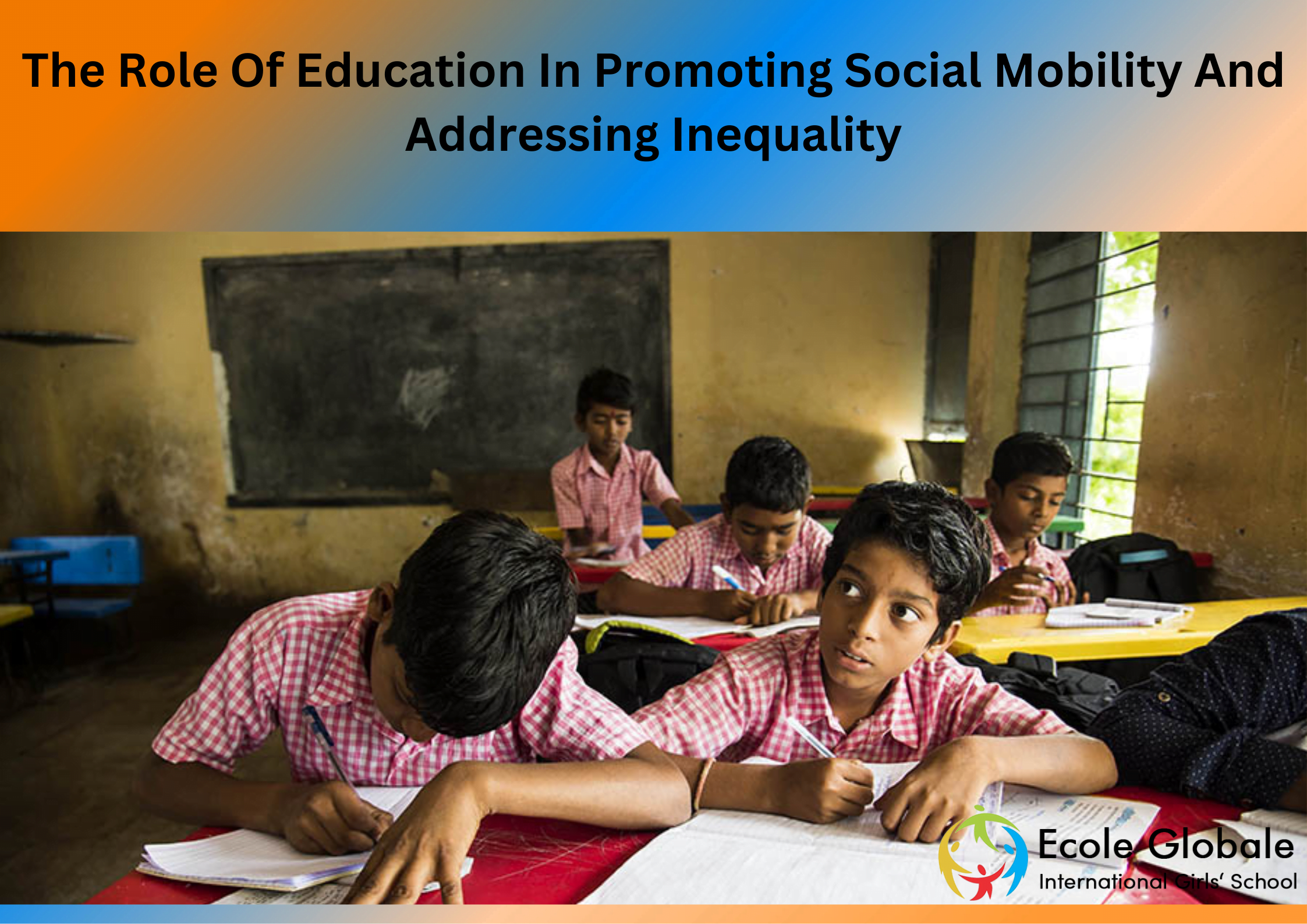The Role of EdTech in Addressing Social Inequities in Education

Hey there, folks. Today we’re gonna talk about something really important – how EdTech can help level the playing field in education. We all know that education is key to success, but unfortunately, not everyone has equal access to quality learning opportunities. That’s where EdTech comes in – to bridge the gap and make education more inclusive. So, let’s dive in and explore The Role of EdTech in Addressing Social Inequities in Education.
What are Social Inequities in Education?
Before we talk about EdTech, let’s first understand what social inequities in education mean. Simply put, these are the factors that prevent certain groups of people from getting a fair shot at quality education. These factors can include things like poverty, racism, sexism, ableism, and more. For example, students from low-income families may not have access to the same resources and opportunities as their wealthier peers. Similarly, students with disabilities may face barriers in accessing education due to lack of accommodations.
How Can EdTech Help?
Now that we’ve talked about the problem, let’s explore how EdTech can help solve it. Here are a few ways EdTech can make a difference:
Accessibility
EdTech can make education more accessible to people with disabilities. For example, text-to-speech software can help students with visual impairments, while speech-to-text software can help students with hearing impairments. Online learning platforms can also provide accommodations like closed captions and screen readers.
The Role of EdTech in Addressing Social Inequities in Education: Breaking Down Barriers
EdTech can also break down barriers for students who may not have access to quality education due to their location or financial situation. Online learning platforms can provide access to quality educational resources and courses that may not be available otherwise. For example, online courses can connect students with top instructors and resources from around the world, regardless of their location.
Personalization
EdTech can also provide personalized learning experiences that cater to individual students’ needs. Adaptive learning software can adjust the difficulty level of course materials based on a student’s performance, providing extra support when needed.
Cost-Effectiveness
EdTech can make education more affordable by reducing costs associated with traditional brick-and-mortar institutions. Online courses can be more cost-effective, and digital textbooks can reduce the financial burden on students.
The Role of EdTech in Addressing Social Inequities in Education: A Silver Lining
While EdTech is not a magic solution to all the problems in education, it can certainly provide a silver lining. By increasing accessibility, personalization, and affordability, EdTech can help level the playing field and provide equal opportunities to all.
Challenges and Limitations
While EdTech has the potential to address social inequities in education, there are also challenges and limitations to consider. For example:
Digital Divide
Not all students have equal access to technology, which can create a digital divide. This can exacerbate existing inequities, as students who don’t have access to technology may fall further behind.
Bias and Stereotypes
EdTech can perpetuate bias and stereotypes if it’s not designed with inclusivity in mind. For example, facial recognition software can have biases towards certain racial groups, which can lead to misidentification and exclusion.
Teacher Training
Teachers need training to effectively integrate EdTech into their classrooms. Without proper training, EdTech can become a distraction rather than a tool for learning.
The Role of EdTech in Addressing Social Inequities in Education: Overcoming Challenges
So, how can we overcome these challenges and limitations? Here are a few strategies:
Inclusive Design
EdTech should be designed with inclusivity in mind from the start. This means considering the needs of diverse learners and ensuring that technology is accessible and usable by all.
Professional Development
Teachers need professional development opportunities to learn how to effectively integrate EdTech into their classrooms.
Addressing the Digital Divide
We need to address the digital divide by providing equal access to technology for all students. This can include initiatives like one-to-one laptop programs and online access initiatives.
The Role of EdTech in Addressing Social Inequities in Education: A Call to Action
So, what can we do to ensure that EdTech is used to address social inequities in education? Here are a few takeaways:
Advocate for EdTech
We need to advocate for EdTech that is designed with inclusivity in mind. This means pushing for EdTech that is accessible, usable, and effective for all learners.
Support Teacher Training
We need to support teacher training initiatives that help teachers effectively integrate EdTech into their classrooms.
Address the Digital Divide
We need to address the digital divide by providing equal access to technology for all students.
Conclusion
So, there you have it – The Role of EdTech in Addressing Social Inequities in Education. EdTech has the potential to level the playing field and provide equal opportunities to all. However, it’s not a magic solution, and we need to be mindful of the challenges and limitations. By advocating for inclusive EdTech, supporting teacher training, and addressing the digital divide, we can ensure that EdTech is used to address social inequities in education.